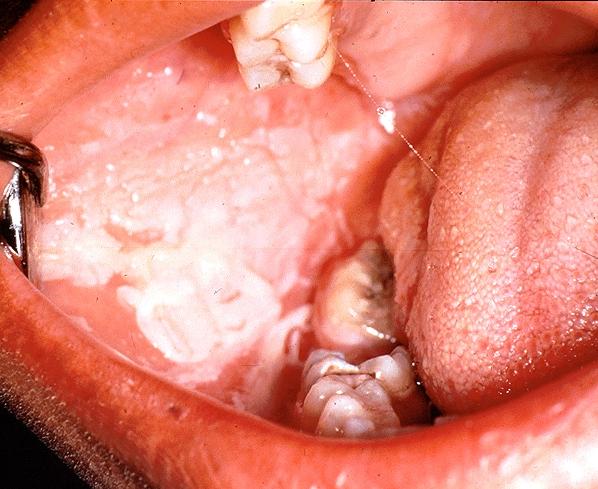Burn physical examination: Difference between revisions
m (Bot: Removing from Primary care) |
EmanAlademi (talk | contribs) No edit summary |
||
| Line 6: | Line 6: | ||
==Physical Examination== | ==Physical Examination== | ||
<br /> | |||
== '''How is a burn evaluation used?''' == | |||
'''Burn evaluations are used to examine moderate to severe burn injuries. During a burn evaluation, your health care provider will carefully look at the wound. He or she will also figure out an estimated percentage of total body surface area (TBSA) that has been burned. Your provider may use a method known as the "rule of nines" to get this estimate. The rule of nines divides the body into sections of 9% or 18% (2 times 9). The sections are divided as follows:''' | |||
* '''Head and neck: 9% of TBSA''' | |||
* '''Each arm: 9% TBSA''' | |||
* '''Each leg: 18% TBSA''' | |||
* '''Anterior trunk (front of the body) 18% TBSA''' | |||
* '''Posterior trunk (back of the body) 18% TBSA''' | |||
'''Rule of nines estimates are not used for children. Their bodies have different proportions than adults. If your child has a burn that covers a medium to large area, your provider may use a chart, called a Lund-Browder chart, to make an estimate. This gives more accurate estimates based on a child's age and body size.''' | |||
'''If you or your child has a burn that covers a small area, your provider may use an estimate based on the size of the palm, which is about 1% of TBSA.''' | |||
== '''What else happens during a burn evaluation?''' == | |||
'''If you have a serious burn injury, you may also need an emergency evaluation known as an ABCDE assessment. ABCDE assessments are used to check key body systems and functions. They often take place in ambulances, emergency rooms, and hospitals. They are used for different types of traumatic emergencies, including severe burns. "ABCDE" stands for the following checks:''' | |||
* '''Airway. A health care provider will check for any blockages in your airway.''' | |||
* '''Breathing. A provider will check for signs of trouble breathing, including coughing, rasping, or wheezing. The provider may use a stethoscope to monitor your breath sounds.''' | |||
* '''Circulation. A provider will use devices to check your heart and blood pressure. He or she may insert a thin tube called a catheter into your vein. A catheter is a thin tube that carries fluids into your body. Burns can often cause serious fluid loss.''' | |||
* '''Disability. A provider will check for signs of brain damage. This includes checking to see how you respond to different verbal and physical stimulation.''' | |||
* '''Exposure. A provider will remove any chemicals or burn-causing substances from the skin by flushing the injured area with water. He or she may bandage the area with a sterile dressing. The provider will also check your temperature, and warm you with a blanket and warm fluids if necessary.<ref name="urlBurn Evaluation: MedlinePlus Medical Test">{{cite web |url=https://medlineplus.gov/lab-tests/burn-evaluation/ |title=Burn Evaluation: MedlinePlus Medical Test |format= |work= |accessdate=}}</ref>''' | |||
===Skin=== | ===Skin=== | ||
{| align="left" | {| align="left" | ||
|-valign="top" | |- valign="top" | ||
| [[image:Burn5.jpg|thumb|Skin: Thermal burn]] | |[[image:Burn5.jpg|thumb|Skin: Thermal burn]] | ||
| [[image:Burn9.jpg|thumb|Skin: Trauma wound electrical; skin: electrical burns on fingers]] | |[[image:Burn9.jpg|thumb|Skin: Trauma wound electrical; skin: electrical burns on fingers]] | ||
| [[image:Burn10.jpg|thumb|Skin: Burns with gangrene]] | |[[image:Burn10.jpg|thumb|Skin: Burns with gangrene]] | ||
| [[image:Burn11.jpg|thumb|Skin: Trauma Wound Lightning; Lightning Burn]] | |[[image:Burn11.jpg|thumb|Skin: Trauma Wound Lightning; Lightning Burn]] | ||
| [[image:Burn12.jpg|thumb|Skin: Burns]] | |[[image:Burn12.jpg|thumb|Skin: Burns]] | ||
|} | |} | ||
Revision as of 16:36, 29 September 2020
|
Burn Microchapters |
|
Diagnosis |
|---|
|
Treatment |
|
Case Studies |
|
Burn physical examination On the Web |
|
American Roentgen Ray Society Images of Burn physical examination |
|
Risk calculators and risk factors for Burn physical examination |
Editor-In-Chief: C. Michael Gibson, M.S., M.D. [1]
Please help WikiDoc by adding more content here. It's easy! Click here to learn about editing.
Physical Examination
How is a burn evaluation used?
Burn evaluations are used to examine moderate to severe burn injuries. During a burn evaluation, your health care provider will carefully look at the wound. He or she will also figure out an estimated percentage of total body surface area (TBSA) that has been burned. Your provider may use a method known as the "rule of nines" to get this estimate. The rule of nines divides the body into sections of 9% or 18% (2 times 9). The sections are divided as follows:
- Head and neck: 9% of TBSA
- Each arm: 9% TBSA
- Each leg: 18% TBSA
- Anterior trunk (front of the body) 18% TBSA
- Posterior trunk (back of the body) 18% TBSA
Rule of nines estimates are not used for children. Their bodies have different proportions than adults. If your child has a burn that covers a medium to large area, your provider may use a chart, called a Lund-Browder chart, to make an estimate. This gives more accurate estimates based on a child's age and body size.
If you or your child has a burn that covers a small area, your provider may use an estimate based on the size of the palm, which is about 1% of TBSA.
What else happens during a burn evaluation?
If you have a serious burn injury, you may also need an emergency evaluation known as an ABCDE assessment. ABCDE assessments are used to check key body systems and functions. They often take place in ambulances, emergency rooms, and hospitals. They are used for different types of traumatic emergencies, including severe burns. "ABCDE" stands for the following checks:
- Airway. A health care provider will check for any blockages in your airway.
- Breathing. A provider will check for signs of trouble breathing, including coughing, rasping, or wheezing. The provider may use a stethoscope to monitor your breath sounds.
- Circulation. A provider will use devices to check your heart and blood pressure. He or she may insert a thin tube called a catheter into your vein. A catheter is a thin tube that carries fluids into your body. Burns can often cause serious fluid loss.
- Disability. A provider will check for signs of brain damage. This includes checking to see how you respond to different verbal and physical stimulation.
- Exposure. A provider will remove any chemicals or burn-causing substances from the skin by flushing the injured area with water. He or she may bandage the area with a sterile dressing. The provider will also check your temperature, and warm you with a blanket and warm fluids if necessary.[1]
Skin
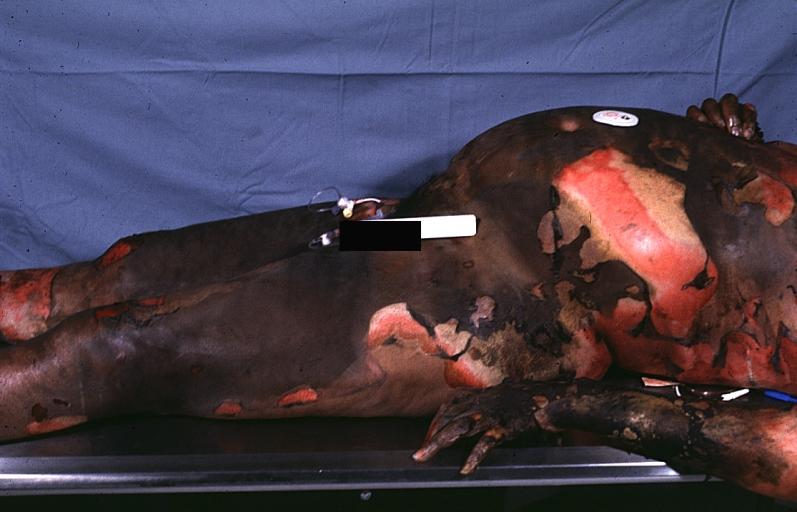 |
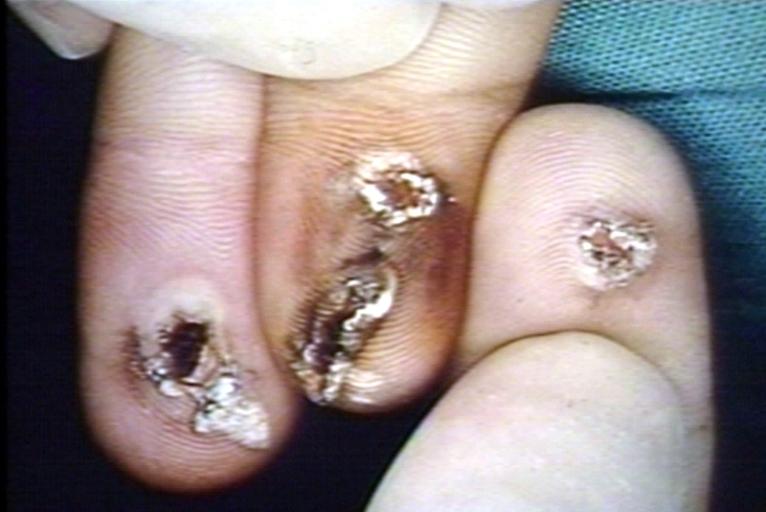 |
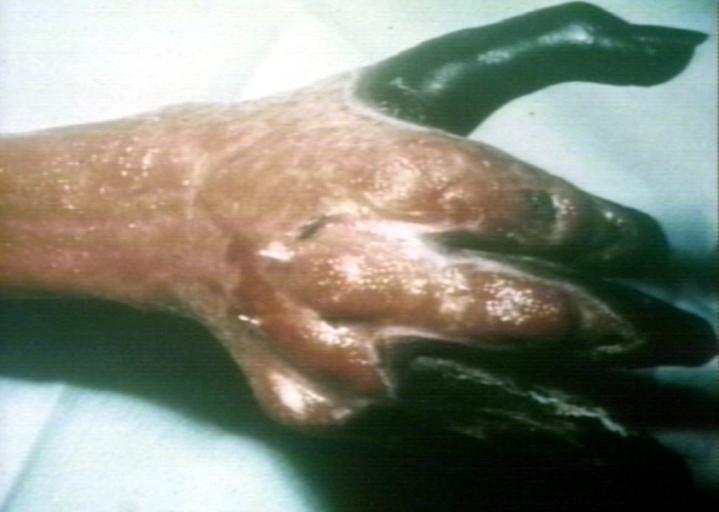 |
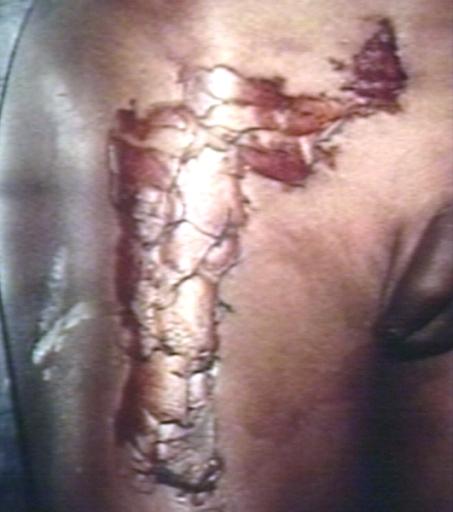 |
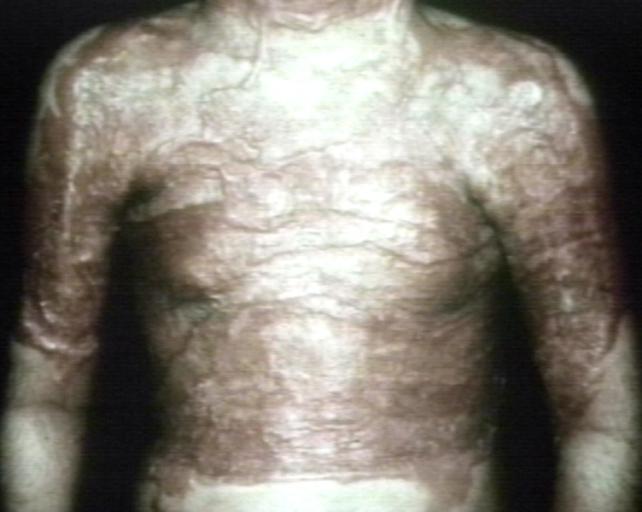 |
Head
